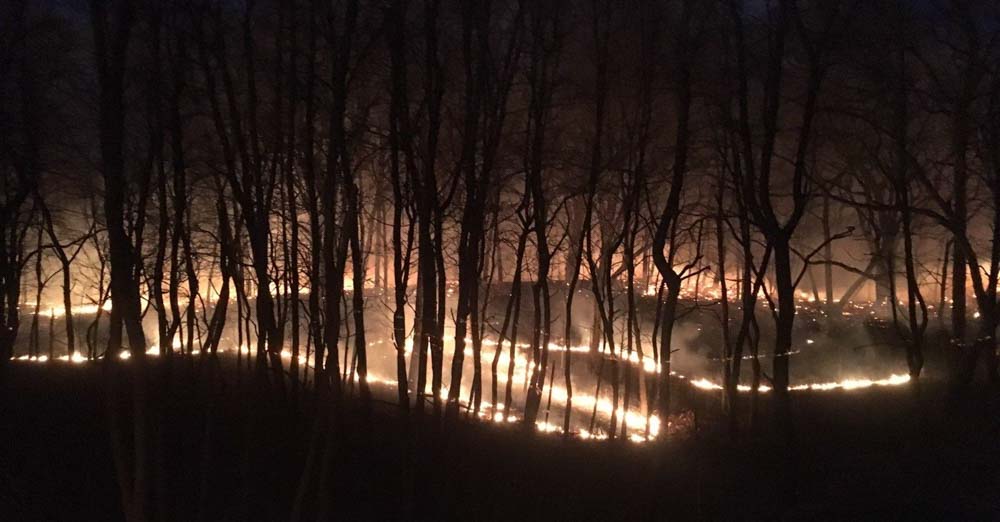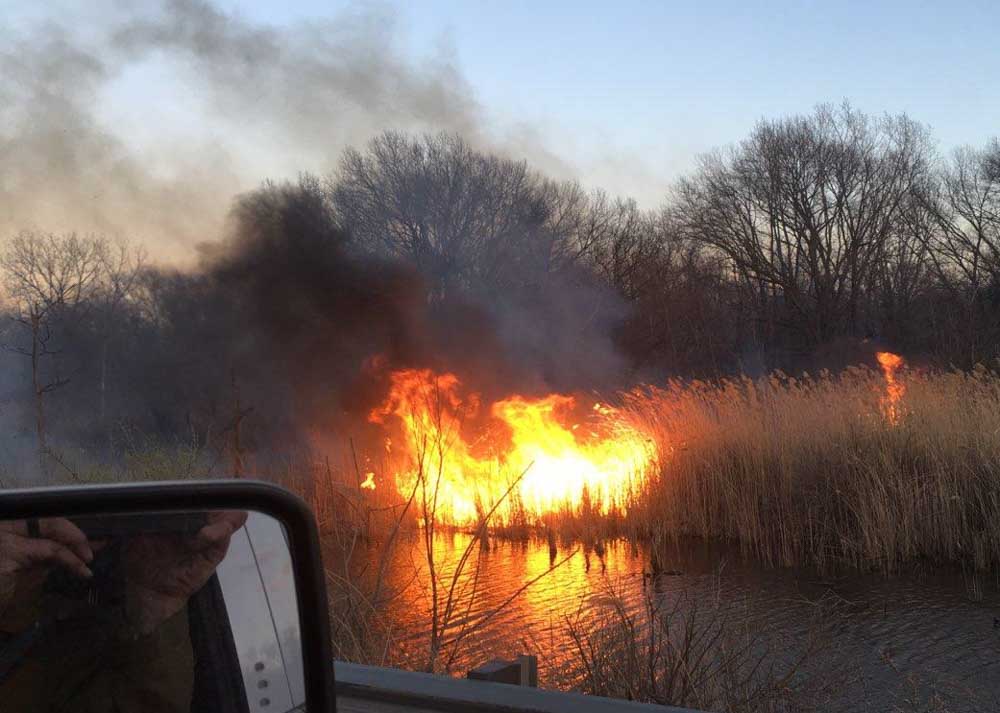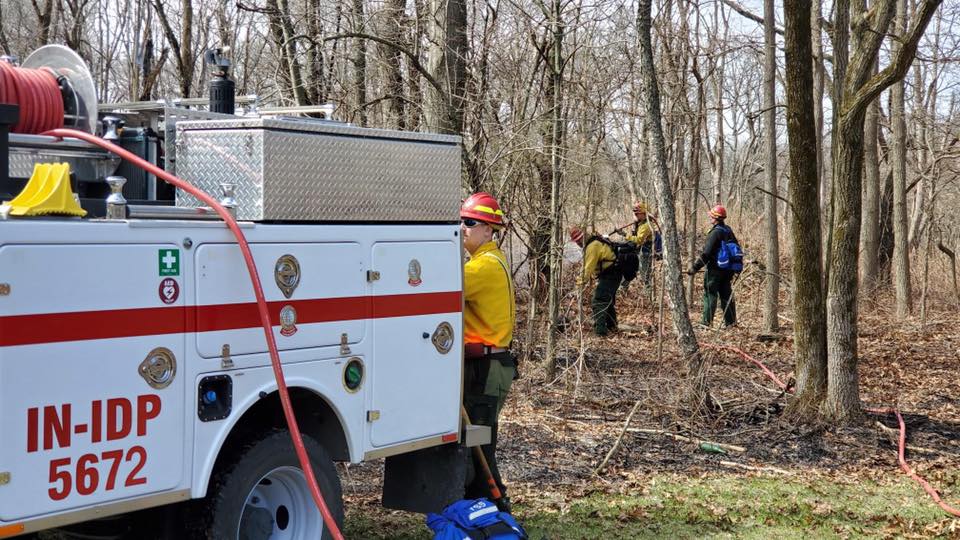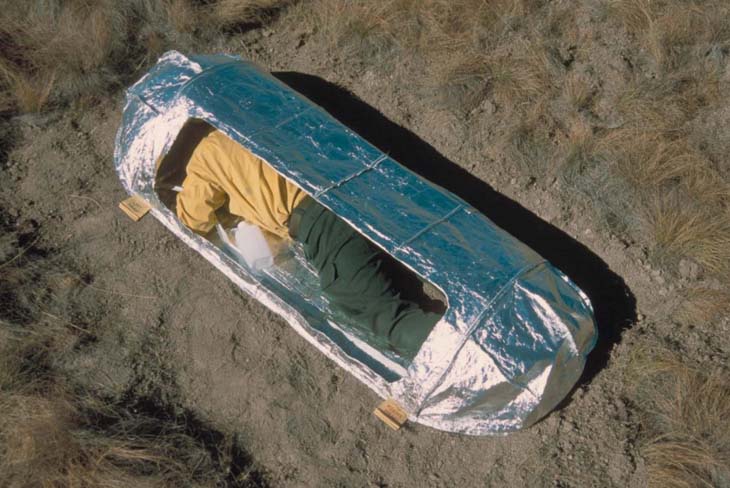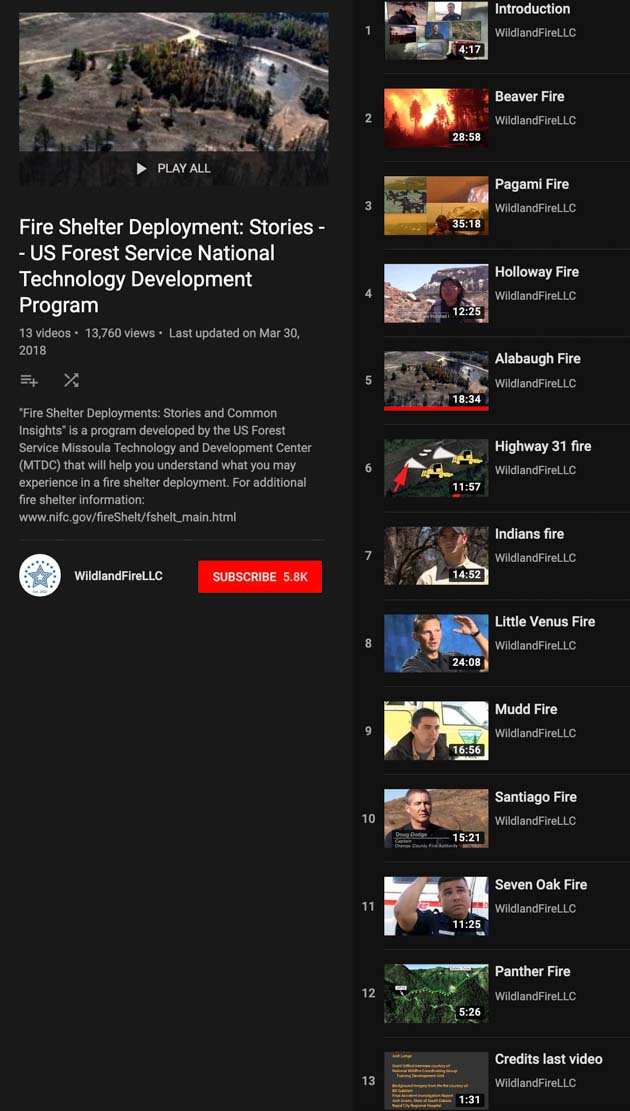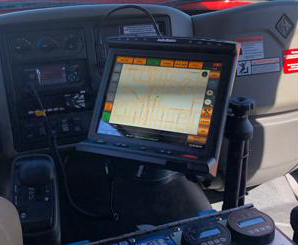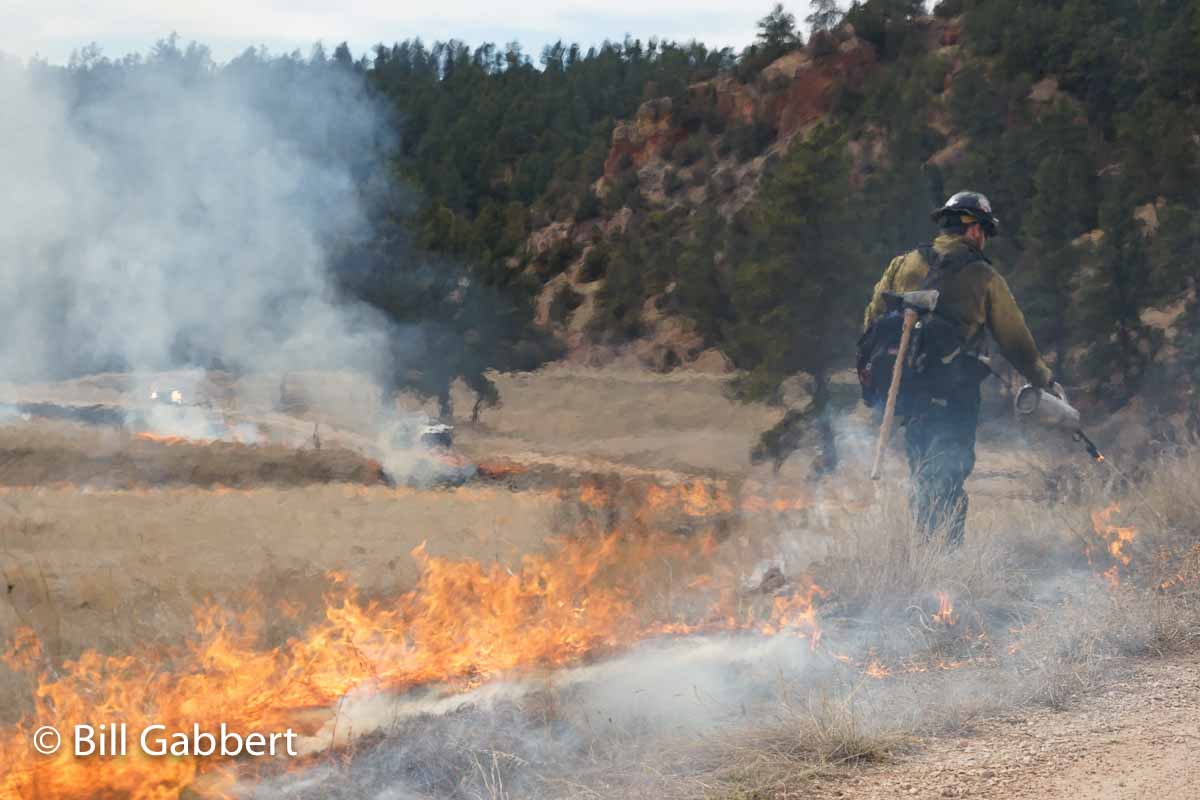
(Press release from the National Association of State Foresters)
WASHINGTON – The nation’s 59 state and territorial foresters were disconcerted this week by a presidential budget request for FY20 that asks for significant funding cuts to state and private forestry programs, which support much-needed management on nearly two-thirds of the nation’s forests.
“When President Trump’s executive order to promote forest management nationwide was released in December, we were eager to work alongside the men and women of the USDA Forest Service to address the nation’s most pressing forest threats,” said Lisa Allen, NASF president and Missouri state forester. “But the president’s budget would eliminate or cut all but one Forest Service State and Private Forestry program and reduce investments in state and family forests to just 2.5 percent of the overall Forest Service budget.”
Per the president’s budget request for FY20, funding for the Forest Stewardship program, the Forest Health Management Program on Cooperative Lands, and the State and Volunteer Fire Assistance programs would be cut by a combined $29.65 million from FY19 enacted levels. Funding for the Landscape Scale Restoration, Forest Legacy, and Urban and Community Forestry programs would be eliminated.
“More than once the Trump administration has stated its support for rural America and its commitment to managing federal forests in partnership with state forestry agencies. Now, with this budget proposal, we see a direct contradiction,” said Jay Farrell, NASF executive director. “What we know for sure is that more work needs to be done throughout the Beltway to show all the benefits forests provide – better water quality, stronger industry, healthier families, and more – every day, for every American. Because without essential investments today in our forests, we simply won’t have them tomorrow.”


